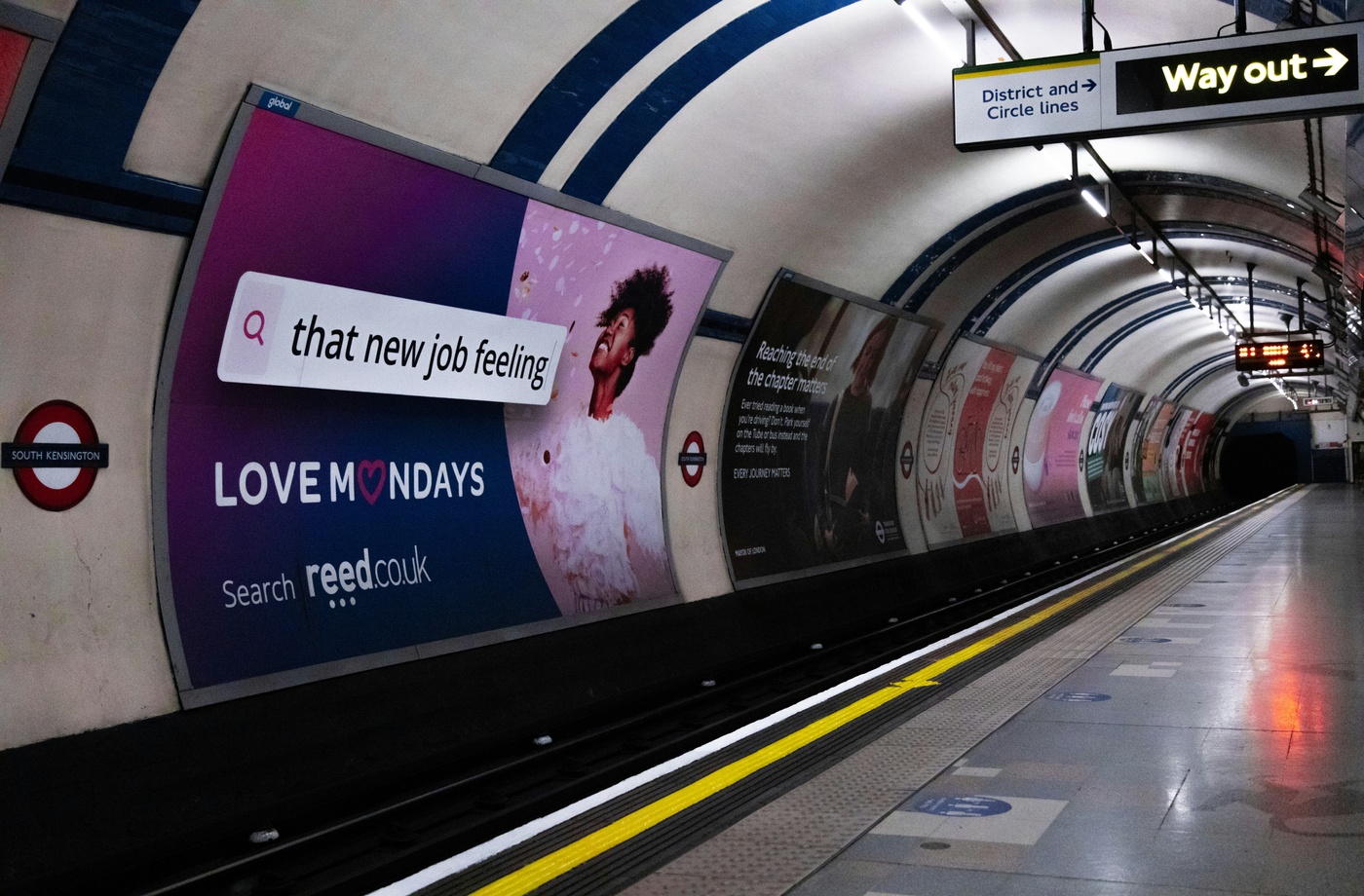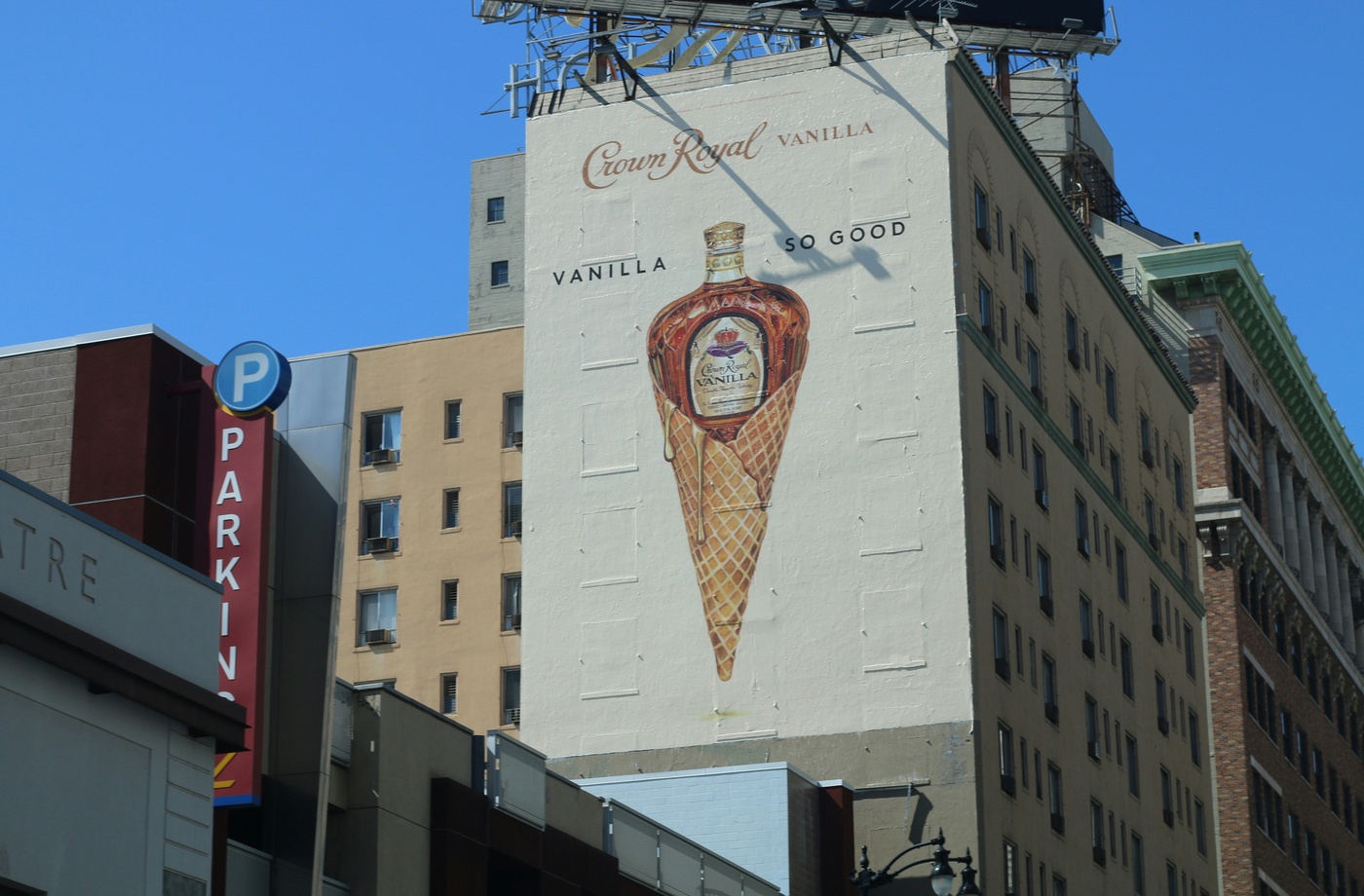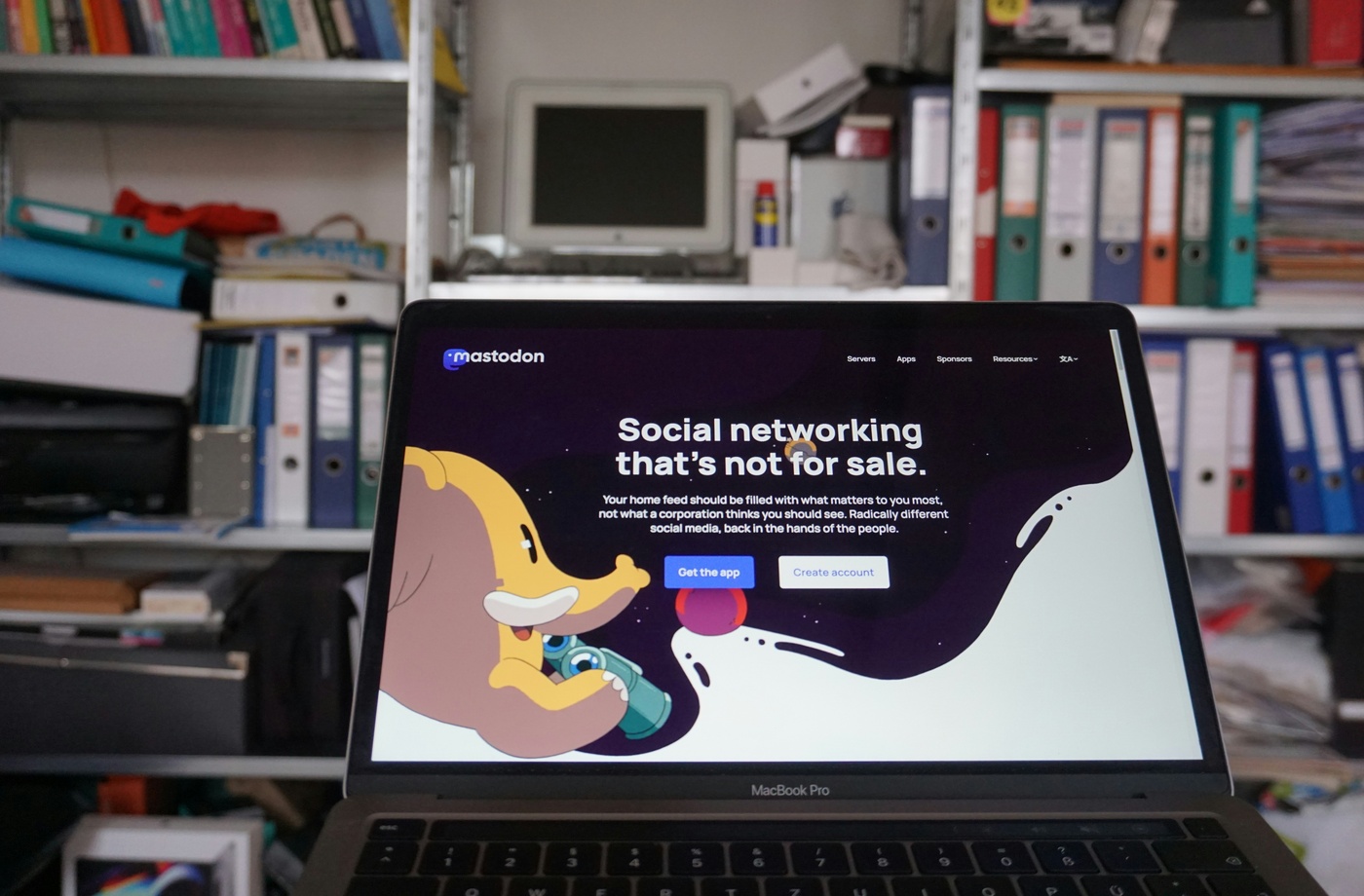Video has quickly become one of the most powerful tools in advertising. Whether it’s short-form content on TikTok or long-form storytelling on YouTube, video ads influence how consumers discover, evaluate, and ultimately purchase products. Brands that harness the power of video advertising can build stronger emotional connections, drive engagement, and shape buying decisions more effectively than with static content alone.
The dominance of video across platforms
Video consumption is at an all-time high, with platforms like YouTube and TikTok leading the way. According to research from Wyzowl, 91% of businesses now use video as a marketing tool, showing just how essential it has become.
Why video drives stronger engagement
Unlike static images, video combines visuals, sound, and storytelling to create immersive experiences. This multisensory approach captures attention faster and holds it longer, increasing recall and emotional impact. Consumers are also more likely to share video content, extending reach organically.
Short-form vs. long-form storytelling
Short-form videos, often under 30 seconds, thrive on platforms like TikTok and Instagram Reels where attention spans are shorter. Long-form storytelling, meanwhile, is ideal for platforms like YouTube, where brands can dive deeper into narratives and showcase product value. Both play a role in influencing consumer behavior, depending on the campaign objective.
Mobile-first advertising
With most video consumption happening on smartphones, advertisers must design content for vertical formats and fast-loading speeds. Platforms like Google Ads emphasize mobile-first best practices to ensure ads reach consumers where they’re most active.
Influencer and user-generated content
Influencer collaborations and user-generated video ads have surged in popularity. Consumers trust peer recommendations, and authentic video content often feels more relatable than polished, brand-created campaigns. Partnering with micro-influencers has proven especially cost-effective for building credibility.
The role of personalization
Advances in targeting allow brands to personalize video ads for different audiences. Dynamic video ads that adapt to consumer data—like location, browsing behavior, or purchase history—perform better than generic messages. This level of personalization increases relevance and drives higher conversion rates.
Conclusion
Video ads have reshaped how consumers engage with brands, blending entertainment with persuasive storytelling. By focusing on platform-specific strategies, mobile-first design, and authentic content, advertisers can tap into consumer behavior patterns that make video one of the most effective advertising tools available today.



